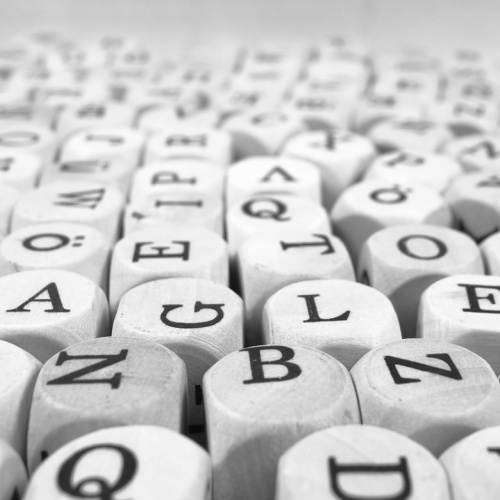Words and sentences with uppercase letters to lowercase and vice versa
Occasionally, you may encounter a text that is entirely written in uppercase, but you would need to completely and automatically convert it to lowercase. Or vice versa. Some text is written in classic lowercase, but you might want to convert it to uppercase. This free online tool is created just for this purpose. Convert sentences, words, and letters from lowercase to uppercase or from uppercase to lowercase with one click only.
Letters without commas and hooks or text in reverse
Another feature of our letter and word changer converts the original accented text to non-accented text, thus removing hooks, commas, and other marks around the letters that somehow change their meaning. This is useful, for example, for SMS messages because accented fonts take the maximum number of characters faster, also for e-mails with a poor character encoding, and in many other cases as well.
More funny than useful is another feature that turns your text backwards. Whoever wants to read it will have to do it from the end, i.e. from right to left.
How to change case, write backwards or remove hooks and commas?
- Enter or type the text in which you want to make changes.
- Use the keyboard shortcut Ctrl+C to copy the text.
- Use the keyboard shortcut Ctrl+V to insert the text.
- Click the desired button that describes the change.
- Then you can edit, delete or copy the text.

